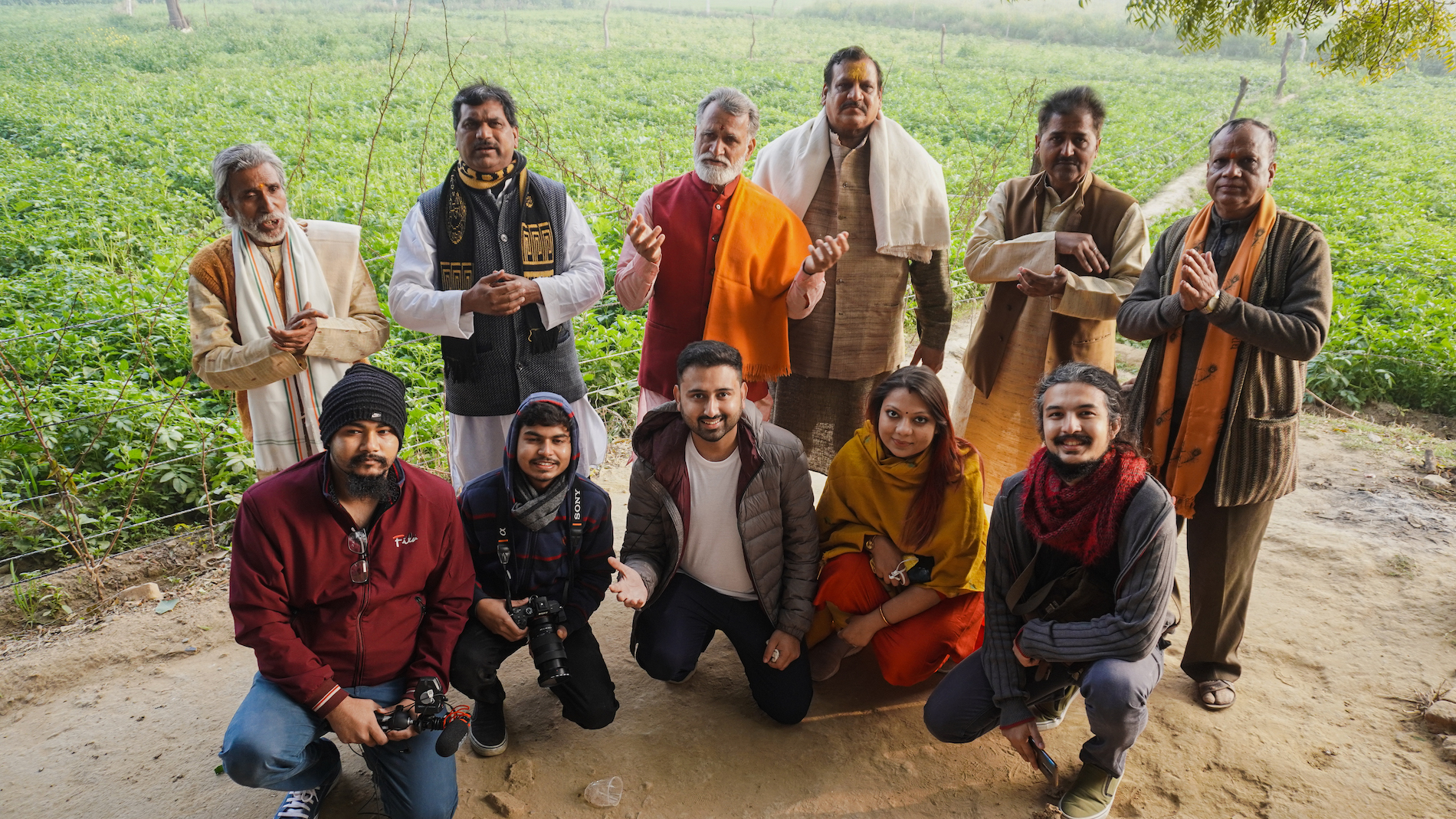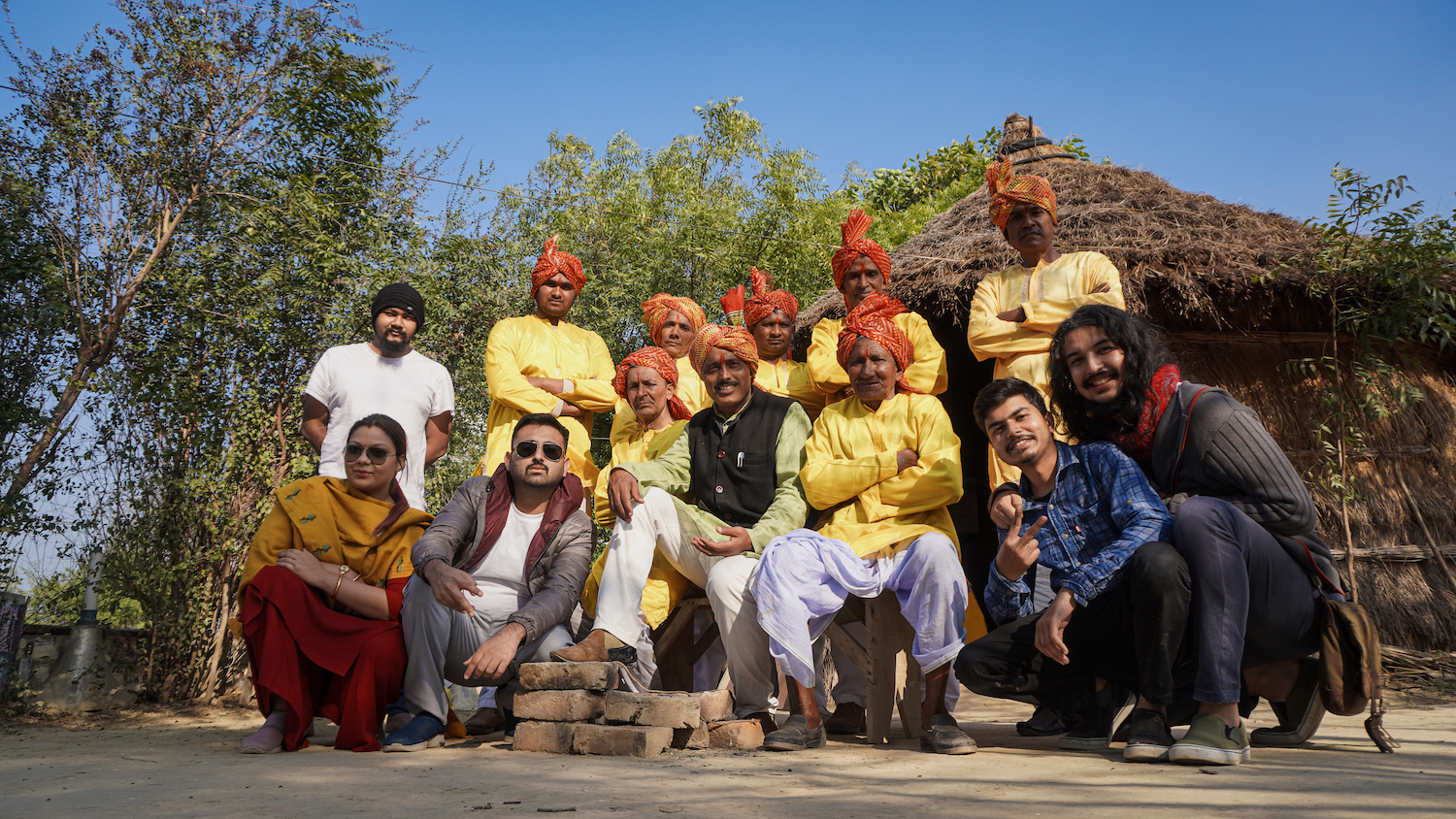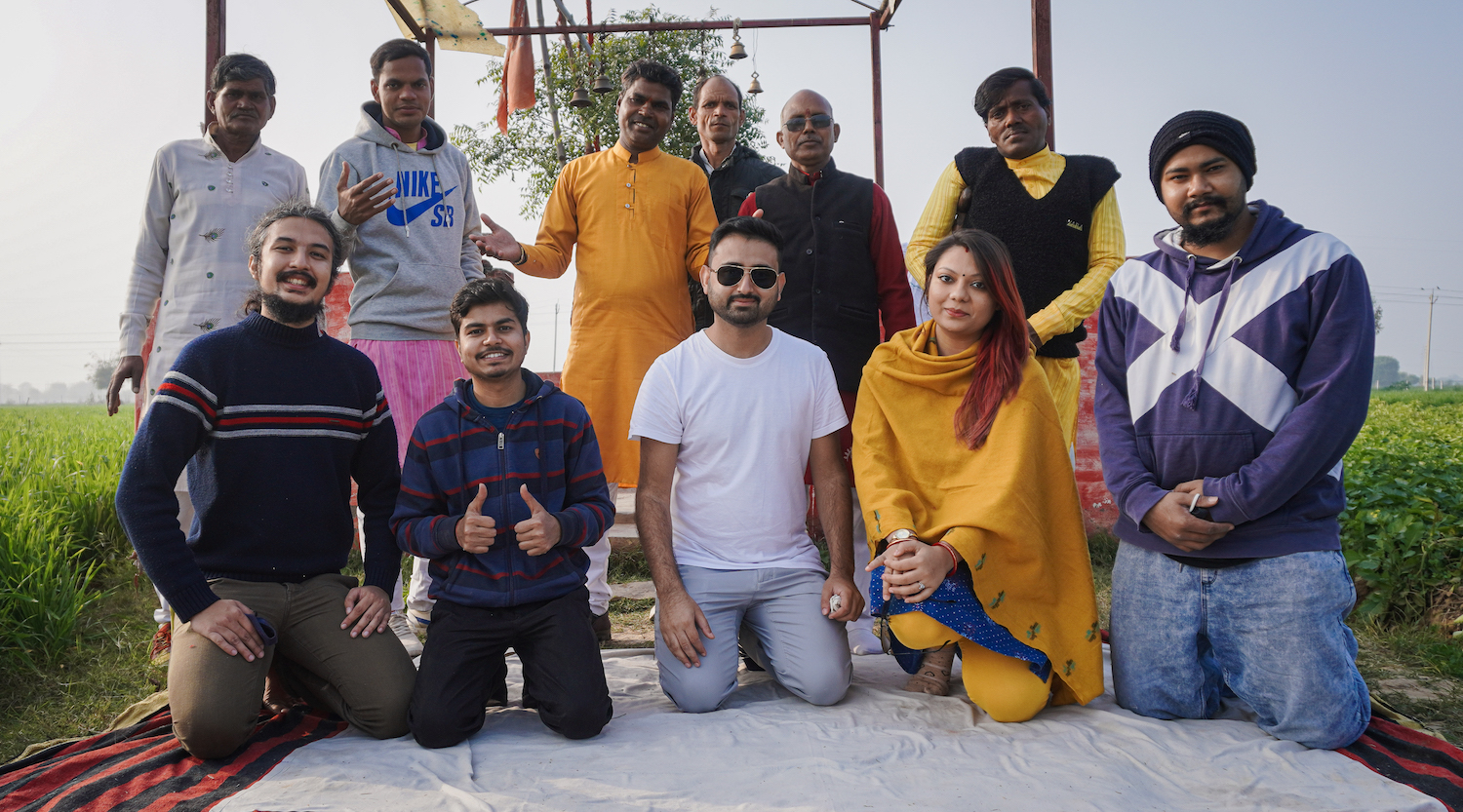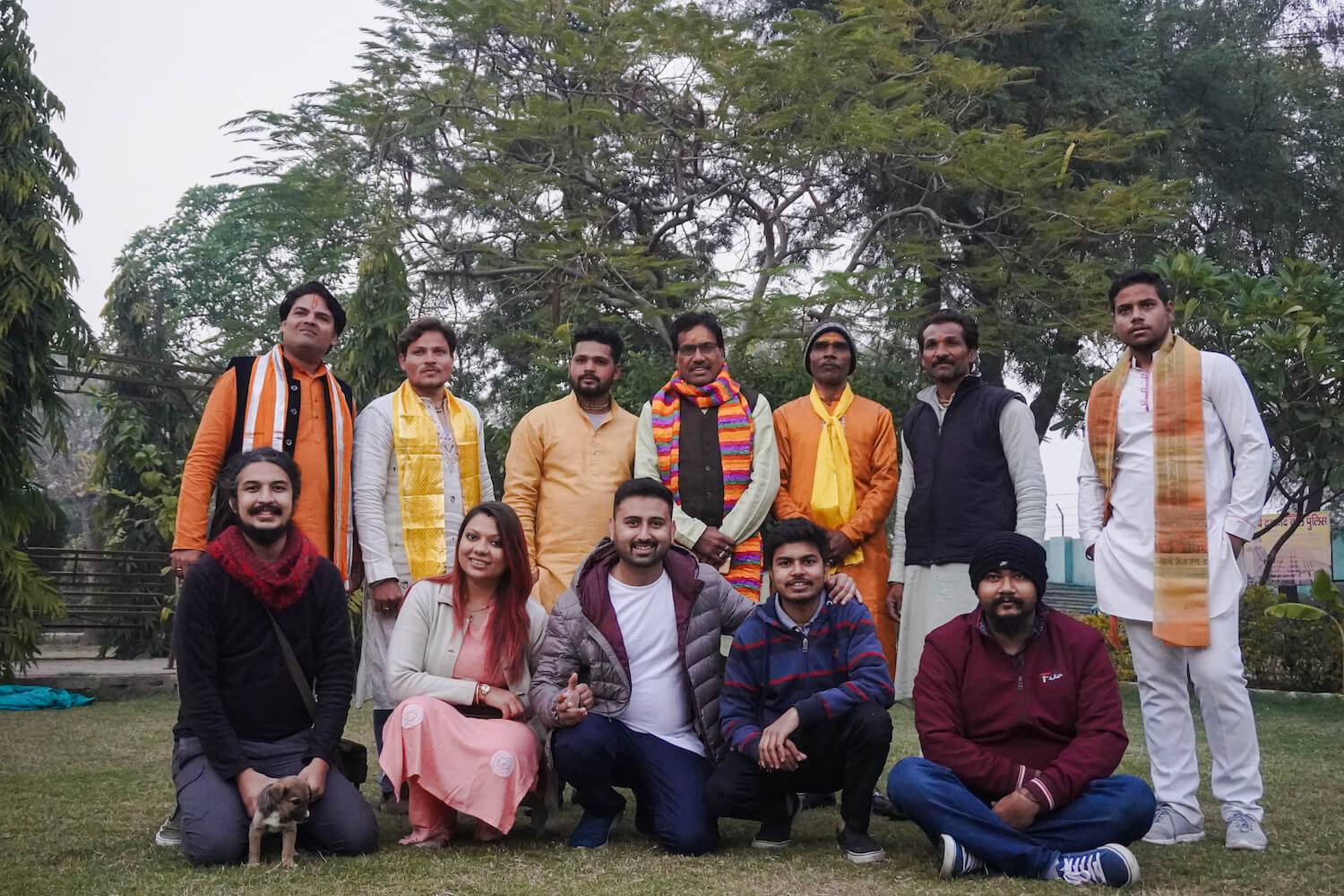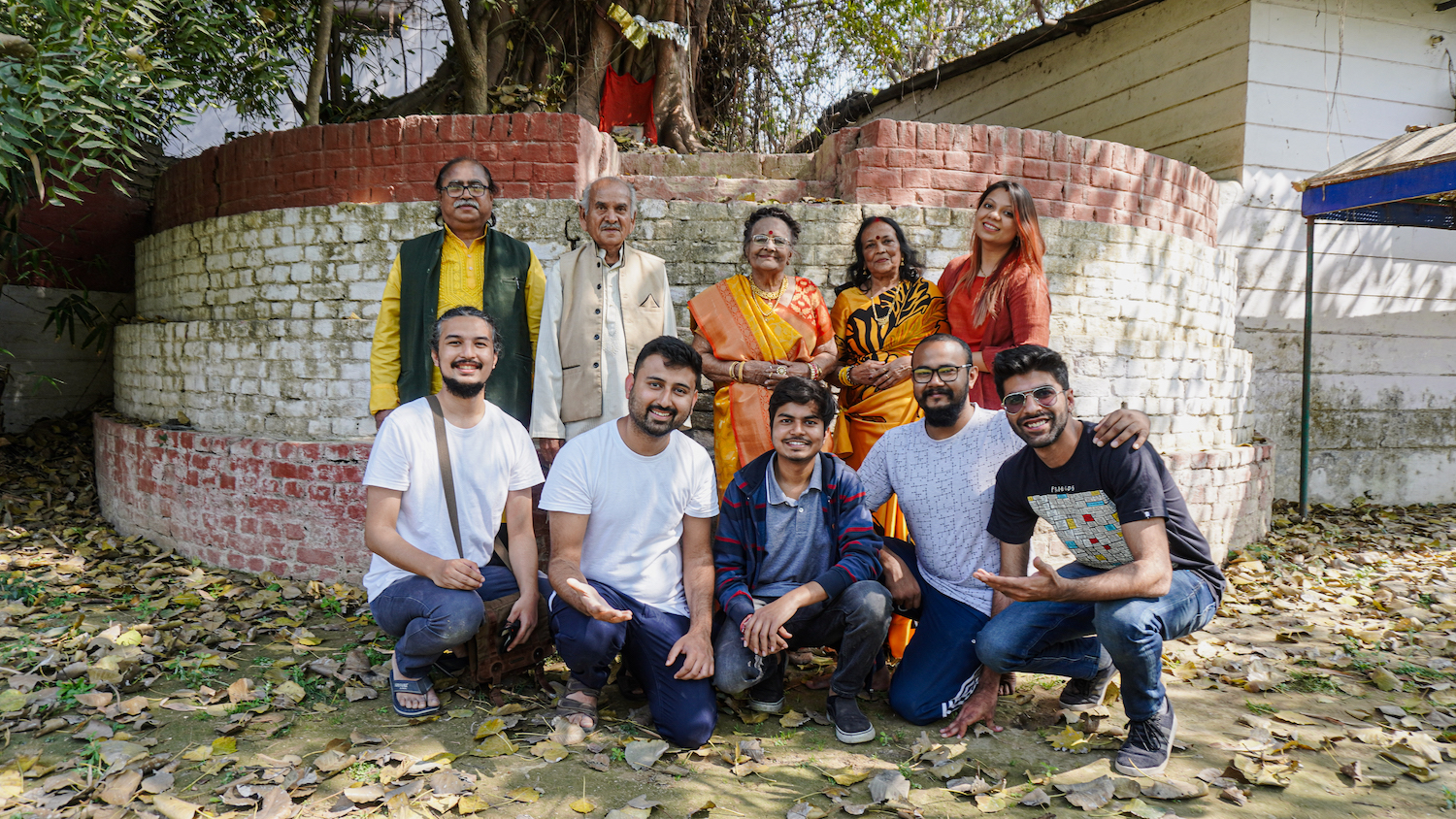
“A legend’s journey of sincerity and self-belief.”
“Music is a journey that can take you places and shape your reality.”
The journey of exploring different styles of folk music lead us to Awadh, a region historically ruled by various dynasties such as Delhi Sultanate, Sharqi Sultanate, Mughal Empire, and the British Raj. The capital city, Lucknow, has been known to have one of the richest cultures in the state, be it in terms of art, food, music, or chronicles. Stepping into the capital city itself will bring you closer to the history and development of the state of Uttar Pradesh.
As we proceeded towards exploring various folk musicians and groups of Awadh, we went to Bhatkhande University, one of the first music schools in India, to learn about the art forms that are a part of the culture of Uttar Pradesh. We came across Awadhi folk, Sohar, Thumri, and many other forms of music. The most mesmerizing experience was the passion of the artists from all walks of life. They are learning, teaching, and some have mastered multiple instruments along with vocals.
Prof. Kamla Srivastava was one of those artists who have been learning music since childhood. She has learned all aspects of music in and out, and her vocal ability is truly breathtaking. When you meet her, you can feel the aura of an assertive and humble artist, who knows her music through diligent studying and tremendous experience. Even at the mature age of 88, she seems to be one of the most active musicians in the region, with the chirpy attitude of a young woman at the cusp of adulthood. She has also showcased her talents in multiple states of the country and broadcasted her musical abilities on Sri Lankan Radio.
Her eyes light up like the Pole star as she speaks about her most memorable performance in the state of Goa as she recalls an overwhelmingly positive response from the audience who enjoyed and danced around while she performed to the best of her abilities. While we walked to the Genesis Club, one of the oldest places in Lucknow, Kamla Ji’s charm and ability captured everyone’s attention. With her wit, she brought tremendous energy into every team member. She began performing and introducing various artforms and songs with lyrical translations and, at that moment, we realized how creative she was not only as a musician but also as a conversationalist and a presenter.
We got introduced to various forms of music such as Banarasi Kajri, Sohar, and Awadhi folk addressing the goddesses that are worshipped in the region. The beauty of these songs was like a conversation with God, nature, and the ones we love. Between each song, we would notice her humbleness as she would prepare us for the next song. She did so by telling the story behind her process while learning these different art forms. In her elegance, we lost ourselves and her vocal abilities, at times, gave us goosebumps that we had never imagined. We also got the privilege to experience the brilliant harmonics of the Maheshwar Dayal Nagar Ji, who plays the harmonium with eminent finesse even at the age of 75. His 21 years of experience as a music teacher at Bhatkhande University, is finely reflected in his musical performances.
The highly coveted Dholak player, Satyam Shivam Sundar Ji, is an asset to this group as his ability to incorporate the beat with the harmonics and vocals by Prof. Kamla is masterful and a treat to experience. He claims to have composed over 1000 songs, some of which are on YouTube and other digital platforms. He is also a specialist in folk music melodies. Another brilliant percussionist who plays the Manjira, Rita Srivastava Ji, accompanied these artists, as they executed their musical fortress in the most elegant manner. Their ability to help the audience lose itself into their music and eventually their charming personalities stemmed from limitless experience, talent, and coordination.
While practising Banarsi Kajri, Prof. Kamla stopped, as her voice gave out for a few seconds. She then, humbly apologized and within a few moments, cracked a few jokes and set the mood for another attempt at recording. They did this only to make everyone laugh with her honest acceptance of even the tiniest deviances from the tune. The essence of the music in Awadh lies within the connection to the identity of an individual’s incorporation of values such as diligence, discipline, and most importantly humility. Additionally, the music here translates the emotions into an unforgettable musical experience, with an exploration of one’s creative energy and spiritual identity through the magic of sounds played and sung in harmony.

